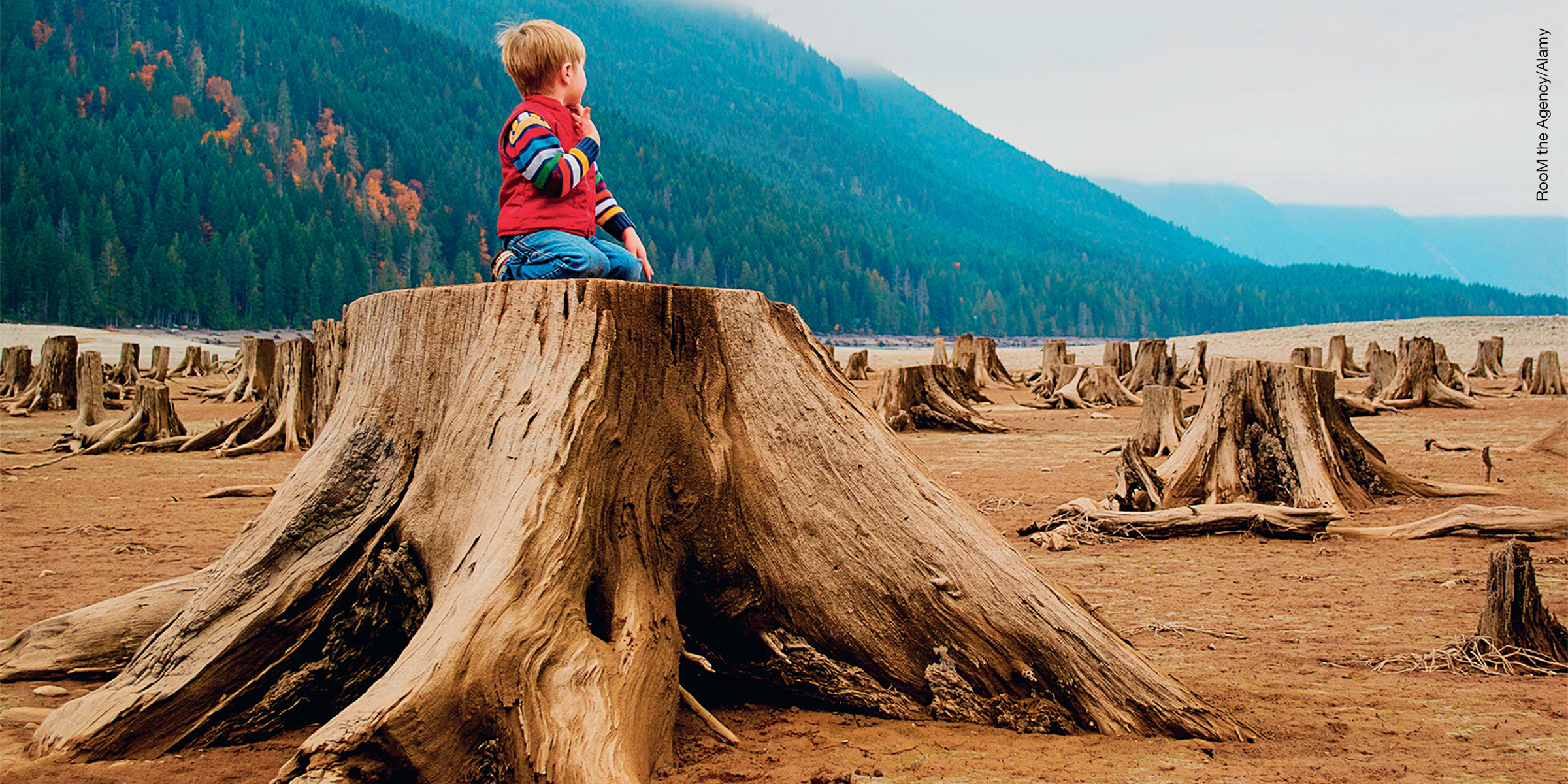One of my vivid boyhood memories is of scrambling amongst granite outcrops of the Canadian Shield in the shimmering heat of a July afternoon.
I emerged from the forest into mottled sunshine and stretched out on flat, lichen-covered rocks, high above the black waters of a quiet lake. Stately white pines touched the sky. Underfoot was a cushion of sharply perfumed pine needles. The air was calm.
That moment of perfection emerges still on those rare occasions when I am able to venture into the woods. But the truth is that like many of us in our modern world I’m a city guy. Most of the trees I encounter are in my local park.
And that’s a problem. Because we’re losing our intimate relationship and understanding of forests as the world urbanizes. We don’t see the clear-cut hillsides, the splintered stumps and the plunder. They are outside our field of vision. Partly this stems from our mistaken sense that the natural wealth of the planet is boundless and inexhaustible. But this is folly.
 As our special issue of the New Internationalist magazine on forests argues, we can no longer afford to cut-and-run. The forces that are destroying the world’s last ancient forests need to be resisted, and the communities whose lives and culture are rooted there, defended. At stake is nothing less than the ability of the land, water and wildlife to provide for future generations.
As our special issue of the New Internationalist magazine on forests argues, we can no longer afford to cut-and-run. The forces that are destroying the world’s last ancient forests need to be resisted, and the communities whose lives and culture are rooted there, defended. At stake is nothing less than the ability of the land, water and wildlife to provide for future generations.
